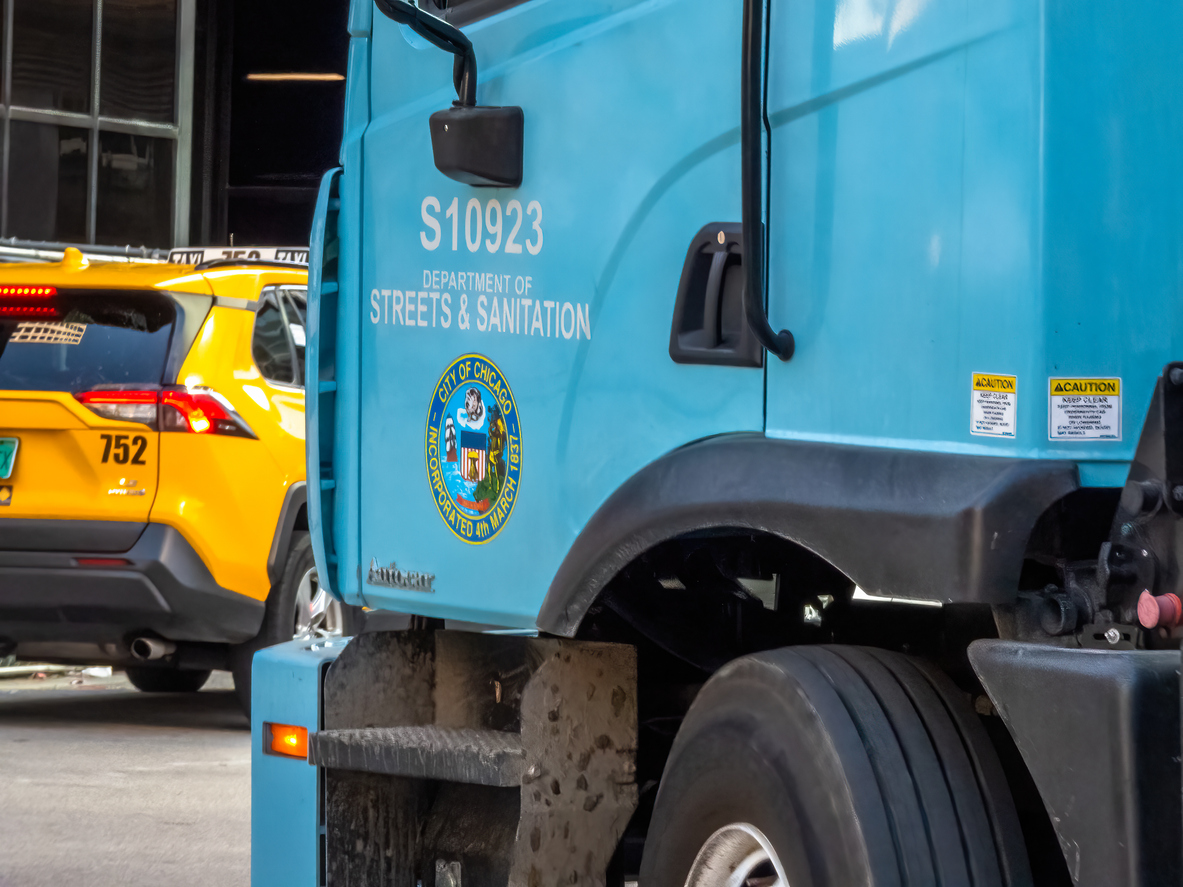Overview
This overview compares two vital fleet‑management strategies—right‑sizing, which ensures your fleet size aligns with actual operational needs through data‑driven utilization analysis, and right‑timing, which determines optimal replacement or disposal timing based on metrics like total cost of ownership, maintenance trends, safety, and compliance. The post emphasizes that integrating both approaches via telematics and fleet software allows for improved cost control, operational flexibility, and sustainability—even as fleet demands evolve.
Managing a fleet is a balancing act. From ensuring operational efficiency to adhering to strict budgets and compliance requirements, fleet managers juggle several priorities. Two increasingly critical strategies in effective fleet management today are right-sizing and right-timing. But which one holds the key to optimizing your fleet?
This blog will explore the concepts, their benefits, and how a balanced integration of both strategies can help fleet managers achieve cost efficiency, flexibility, and compliance. It will also examine the role of technology, including telematics and fleet maintenance software, in empowering managers to make more informed decisions.
What is Right-Sizing and Right-Timing?
Right-sizing and right-timing are two distinct yet complementary strategies that play a crucial role in effective fleet management.
Understanding Right-Sizing
Right-sizing refers to ensuring your fleet size aligns with your operational needs. The goal is to minimize excess vehicles while maintaining adequate capacity to meet demand. This involves analyzing utilization data, adjusting fleet composition, and eliminating inefficiencies caused by underutilized assets.
Understanding Right-Timing
Right-timing, on the other hand, is focused on determining the optimal point for replacing, disposing, and maintaining fleet vehicles. This process involves monitoring factors like operating costs, mileage, maintenance trends, and vehicle performance to ensure replacements occur when it’s economically advantageous.
Why Focus on Right-Sizing?
Reducing the size of your fleet comes with significant benefits. Fewer vehicles translate to lower costs for maintenance, fuel, insurance, and depreciation. By eliminating underutilized assets, you can ensure that every vehicle serves a specific purpose, leading to higher utilization rates and greater efficiency. A leaner fleet is also easier to manage, simplifying administrative and logistical tasks.
Additionally, streamlining your fleet supports sustainability efforts. With fewer vehicles consuming fuel and emitting greenhouse gases, your operations become more eco-friendly, helping you align with environmental goals while improving overall operational efficiency.
How to Implement Right-Sizing
Right-sizing requires a data-driven approach to optimize fleet management. Utilization analysis is key, using telematics to track mileage, idle time, and trip frequency, helping identify underused vehicles. Demand forecasting then compares vehicle usage with operational needs to determine the ideal fleet size.
To handle seasonal demand spikes without owning excess assets, flexible mobility solutions such as vehicle-sharing or leasing are worth exploring. These strategies allow businesses to adapt to changing needs while maintaining efficiency and cost-effectiveness.
The Pitfalls of Oversized Fleets
Maintaining an oversized fleet can strain resources and create operational inefficiencies. Elevated costs are a common problem, as ownership or leasing fees, maintenance expenses, and insurance premiums quickly add up when managing unused or underutilized vehicles. Additionally, the complexity of fleet management increases with each extra vehicle, requiring more administrative staff and systems to keep operations running smoothly.
Another major issue is excessive fuel consumption. Idle or underutilized vehicles waste fuel unnecessarily, driving up costs and contributing to a greater environmental impact. Right-sizing your fleet is key to reducing these inefficiencies and optimizing overall performance.
Why Right-Timing Matters in Fleet Management
Timing vehicle replacement strategically is just as crucial as fleet size. Replacing a vehicle too early leaves money on the table, while holding onto an aging vehicle incurs rising maintenance costs.
Right-timing replacements offers several key benefits. By choosing the optimal replacement point when operating costs consistently exceed procurement costs, businesses can achieve significant savings. Newer vehicles also enhance safety by incorporating updated safety technologies, reducing the risk of accidents. Additionally, replacing older models ensures compliance with stricter emission standards and environmental regulations. Timely replacements help optimize operations by minimizing downtime caused by aging and less reliable vehicles.
Factors to Evaluate for Right-Timing
- Total Cost of Ownership (TCO)
Measure expenses like fuel, maintenance, depreciation, and insurance premiums. If these begin to outpace replacement costs, it’s time to right-time. These expenses can be measured using tools like telematics and maintenance software, which enable a comprehensive, data-backed approach to optimizing your fleet. - Utilization Metrics
Using a modern telematics system, capture data on engine hours, mileage, and driving behavior to assess efficiency. This will help you evaluate a vehicle’s current value. Predictive analysis can also be used to assess how often a vehicle is likely to need repairs. - Safety and Compliance
Conduct regular and thorough assessments to ensure all vehicles not only meet workplace safety requirements but also comply with regulatory standards. These evaluations should cover critical aspects such as mechanical integrity, proper maintenance, and the presence of necessary safety equipment to guarantee safe and efficient operations. - Environmental Impact
Older vehicles are typically less fuel-efficient and high in emissions. Replacing these with modern, eco-friendly models like EVs contributes to your company’s sustainability goals.
Maintenance Tips to Prolong Fleet Lifespan
While right-sizing and right-timing enhance overall efficiency, proactive maintenance plays a vital role in keeping vehicles in optimal condition.
Here are several actionable tips:
- Create a Fleet Inspector Role: Designate a dedicated team member or hire a professional auditing team to take on the responsibility of regularly inspecting fleet vehicles. This role involves conducting routine checks to monitor the condition of each vehicle, identifying any maintenance needs, and addressing potential issues before they escalate, ensuring the fleet remains in top working order.
- Encourage Driver Accountability: Train drivers to perform basic inspections, like checking tire pressure, fluid levels, and reporting warning lights at the end of each route.
- Focus on Tire Health: Keep tire pressure within optimal levels to improve handling, fuel economy, and safety.
- Schedule Regular Cleanings: Clean vehicles to identify rust or damage early and maintain a polished, professional appearance.
- Invest in Driver Coaching: Teach eco-friendly and safe driving practices to minimize unnecessary strain on vehicles. Using AI dashcams can review driver behavior and offer corrections to them in real-time. This ultimately reduces unnecessary strain on the vehicle caused by bad driving habits.
Why Balancing Right-Sizing and Right-Timing is Critical
Fleets often make the mistake of trying to choose right-sizing or right-timing as the optimal solution. In reality, neither right-sizing nor right-timing is a standalone solution for optimized fleet management; they work best when integrated. Maintaining the correct fleet size minimizes overhead, while timing vehicle replacements ensures your assets remain safe, efficient, and cost-effective.
By incorporating telematics systems and fleet management software, you get the data and insights necessary to create a comprehensive strategy for your fleet. This allows managers to make informed decisions, ensuring operational excellence across all fronts of fleet management.












